[ad_1]
Alternate realities have historically dominated truth and fiction. From the use of augmented and virtual realities in air beat schooling to sci-fi tales and novelistic tales of seeking into a crystal ball, these surrogate realities have normally assisted humankind work much better or cope with the harsh truths of the authentic entire world.
Stepping into the future, we can see digital actuality (VR) and augmented truth (AR) systems getting to be commonplace in our every day lives. The mixed current market for AR and VR headsets is expected to expand tenfold from 2021 through 2028, and for the long term still to arrive, AR could potentially exchange that a person gadget that our life depend on so a lot — our smartphones.

Admittedly, the upcoming of the online — and how it envelops our lives — will not advance in a straight line. But the astounding overuse of buzzwords (these types of as the metaverse) reflects the developing intrigue surrounding immersive encounters. Looking at screens no extended makes us tick as it utilized to, and we now want to indulge in and perceive our surroundings by the extension of actuality. Technologies such as AR and VR can satisfy this motivation to possibly increase our present fact or escape into a a lot more comforting one particular.
Why AR (and not VR) is the ideal smartphone alternative
While both of those AR and VR manipulate our eyesight and psyche similarly, digital reality experiences are a great deal additional immersive and produce us into an totally new realm. This exposure can be exhilarating at initially but can ultimately come to be alienating as it disconnects us from the genuine globe. On top of that, due to the fact VR activities shut out our true truth wholly, thereby baffling our senses, they can be nauseating if applied for very long durations.
In the meantime, augmented fact bridges the disconnect among fact and a ongoing VR knowledge. As the name suggests, augmented truth only health supplements our practical experience with the genuine entire world by added information that may well not be easily obtainable. This enriches our imagination with no withdrawing us from the truth that we exist and stay in.
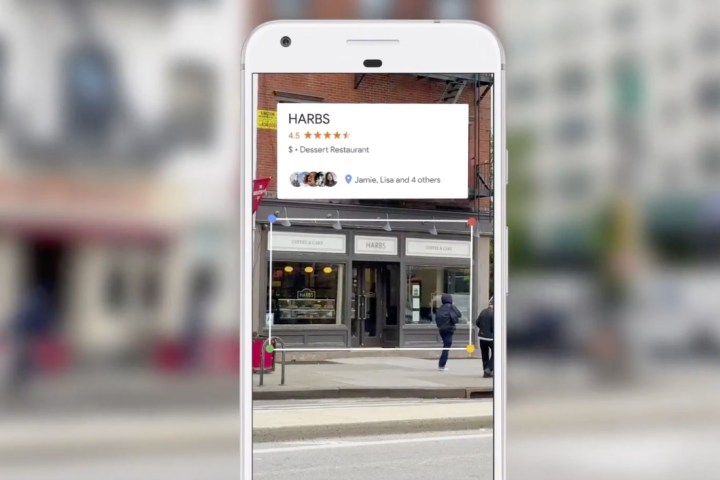
We can by now use our smartphones or tablets to probe our surroundings. For instance, we can stage our smartphone cameras at food menus or highway indications in foreign languages to translate them using applications this kind of as Google Lens. We can also discover about the surrounding structures and streets, or get stage-by-move navigation with Google Maps or Apple Maps.
Even while VR can be equally entertaining, valuable, or spectacular as AR, the latter appears to be a a lot more prospective successor to our smartphones. We checklist some more reasons supporting this argument below.
Benefit of use

An AR headset is light-weight and uncomplicated to wield as it only provides some aspects to the real globe in its place of owning to make an completely new virtual realm. Next, the good quality of graphics from an AR headset is not significantly sure in conditions of the display’s resolution mainly because we nonetheless see the authentic entire world in all its glory. For the reason that the display screen on an AR headset have to render and system less aspects, it can rely on fewer demanding hardware (or even a smartphone) for its processing requires. For that reason, most AR headsets are available as a pair of eyeglasses.
In fact, businesses these kinds of as Oppo and Qualcomm have projected AR headsets to be extensions of smartphones. While that appears precise for the coming decades, positioning AR headsets in our lives in area of smartphones seems to be the a lot more normal class of evolution — even if we’re a number of a long time off from that occurring.
Familiarity
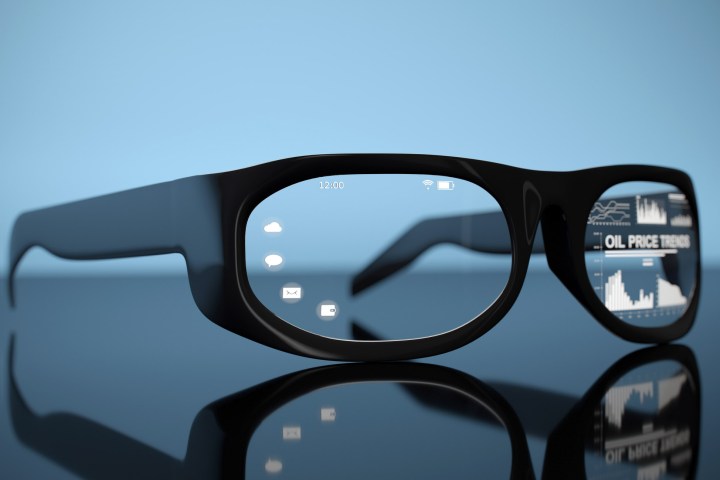
In the U.S. on your own, almost 200 million people wear eyeglasses for corrected eyesight, as per the Vision Council of The usa, while international usage stands at above two billion. These stats testify that humankind has an personal romantic relationship with eyeglasses — and has had that for quite a few generations.
In normal, folks are inclined to gravitate towards solutions that are common to them, and this familiarity with glasses can perhaps be a major driving power for the adoption of AR eyeglasses. In comparison, VR stays somewhat distinctive to fans and industry experts who use it for gaming, encountering the multiverse, or discovering. As of 2020, the variety of AR buyers was described to be approximately 1.5 times that of VR, and the gap is envisioned to broaden above the coming many years.
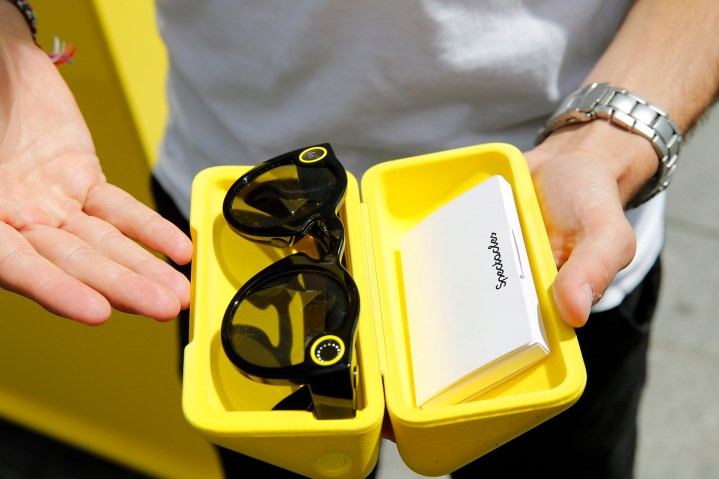
One particular of the most substantial contributors to the use of AR — even without having dedicated AR eyeglasses — are filters on social media apps this sort of as Snapchat, Instagram, TikTok, and so on. As we method a foreseeable future with deeper penetration of AR, we can hope our social interactions to be substantially enriched by the use of AR.
Wouldn’t it be interesting to listen to someone’s name in a social location just as soon as and not overlook it mainly because your AR eyeglasses try to remember it and flash it in front of your eyes devoid of the other man or woman even being aware of? That is what an evolution from smartphones to AR eyeglasses could allow.
Your everyday environment, amplified
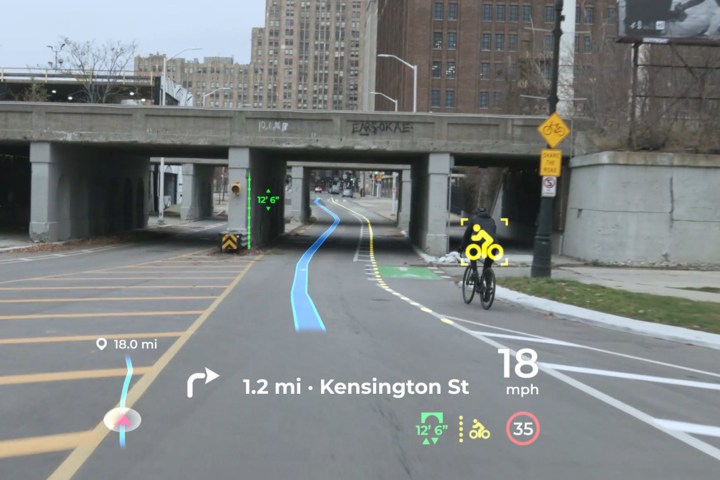
In addition to the growth of technologies this sort of as AR and VR, we can assume device discovering (ML) and synthetic intelligence (A.I.) to prosper over the coming years. Assuming A.I. does not come to be sentient and conquer the world, computer system eyesight is only envisioned to enhance in the in the vicinity of foreseeable future. With this advancement, the chance of A.I. analyzing the entire world on our behalf as we glance at it by our AR glasses is exceptionally high.
As Nvidia notes, laptop vision — also identified as video intelligence — can be utilized to identify objects, faces, gestures, poses, and the normal optical stream. Coupled with cloud computing, computer eyesight can turn out to be extensively available and fairly cost-effective for firms to apply on their AR glasses.
Just picture staying able to witness the environment like Iron Gentleman! With AR glasses getting element of our lives, humanity will attain a superpower that telephones may well by no means be ready to replicate.
Huge tech’s growing desire in AR
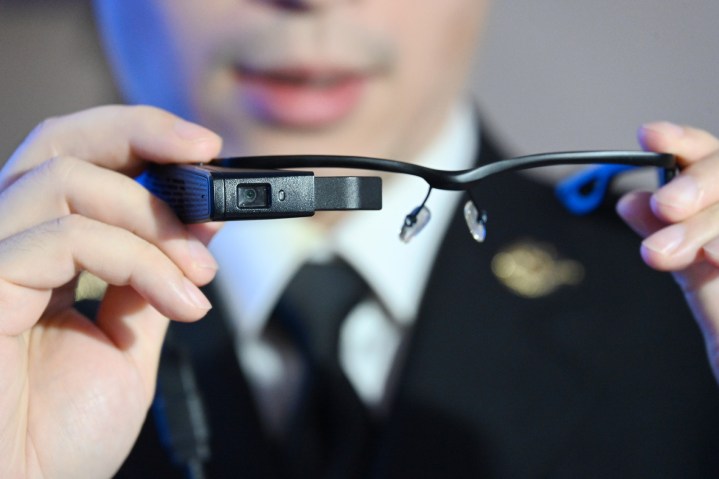
Proof suggests that just about almost everything Apple touches will become as scorching as gold. The rumored AR headset by Apple is anticipated to get there in “late 2024,” but its interest in the technological innovation can probable push the full smartphone market on an fully new route. As for every celebrated Apple analyst Ming Chi-Kuo, Apple even designs to substitute the Apple iphone with AR eyeglasses in the following ten years. That seems to be really plausible given the expansion of technology.
Even right before Apple, we see lesser popular models this sort of as Oppo demonstrating the use circumstance of AR eyeglasses as extensions to smartphones. Just exchange the smartphone with processing on the cloud, and we need to have a standalone AR headset personalized to tie you to a walled garden.

Concurrently, Meta’s AR eyeglasses may hit the cabinets months just before Apple. Thinking of the business has a very productive portfolio of Oculus VR headsets, its good results with augmented truth and metaverse ordeals is approximately guaranteed.
And even though the Google Glass and Microsoft HoloLens may perhaps have been early to the marketplace, the companies’ knowledge with personal computer eyesight will empower them to offer you AR ordeals built-in with the most used running systems in the earth — Android and Windows.
Troubles that AR glasses won’t clear up

AR will probable dominate our social and individual life substantially in the long term, but difficulties affiliated with smartphones nowadays could also go across to future systems. Folks could anticipate and experience the exact same “dopamine rush” that telephones are explained to source. Zoning out or selectively blocking sure areas of reality may be extra available, when retreating from a convincingly objective actuality may perhaps turn out to be much more sophisticated than just urgent the energy button on our smartphones.
At the very same time, there are major worries in front of engineers that build time-analyzed AR glasses. Mapping and calibrating AR to be exact may possibly need an in depth infrastructure of sensors and superfast wireless networks. The most effective way to fix this challenge will be to establish a pervasive machine-to-equipment (M2M) mesh community in which each and every equipment or gadget interacts with every single other gadget. Not just that, each actual physical object, developing, and potentially even pure elements in the planet will have to be supplemented with sensors. This way, every unit will broadcast its data in its place of the AR glasses obtaining to detect and establish objects in their surroundings. That itself will be a mammoth job. Meanwhile, stability and privacy problems open up a different can of worms we do not have time to dive into.
Finally, eradicating biases in A.I. will be one of the major difficulties that engineers will have to tackle. Unlike human beings, desktops do not inherently know and working experience emotions. Educating them to choose and, more importantly, respect human values will be an arduous job.
Editors’ Tips
[ad_2]
Source link




